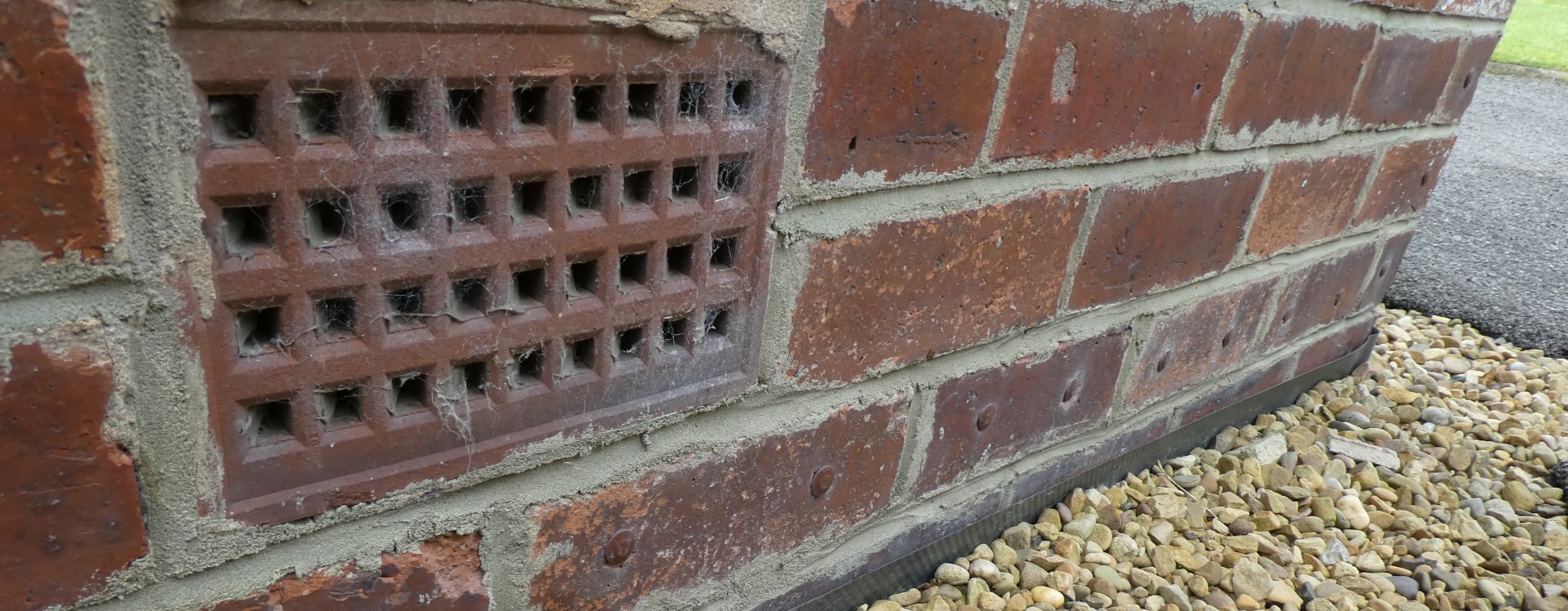We have all heard the phrase about getting nowhere and banging your head against a brick wall.
Well, stop and stare at the wall, because that is what surveyors do every day.
Walls can be very interesting. Apart from holding the roof up, providing security, and protection from the weather (in most cases) they can also give a building surveyor a wealth of information about the hidden secrets of a home.
Take this brick-built wall. It is part of an ex-local authority, pre-second world war house. It might look very plain and very ordinary, but it provides so much information to a building surveyor. Here, our York surveyor, Paul Cunniff, talks us through his assessment of this wall, following the clues to find out how it was built and altered over the years.
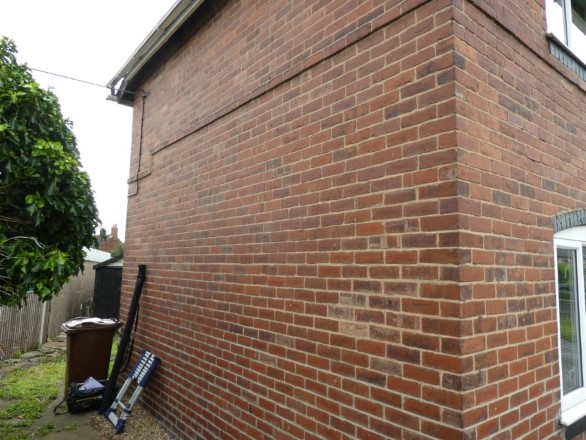
Looking at the brick pattern tells you it is a cavity wall construction, and the regular pattern of drill marks in the mortar beds tells you that cavity wall insulation has been retro-fitted.
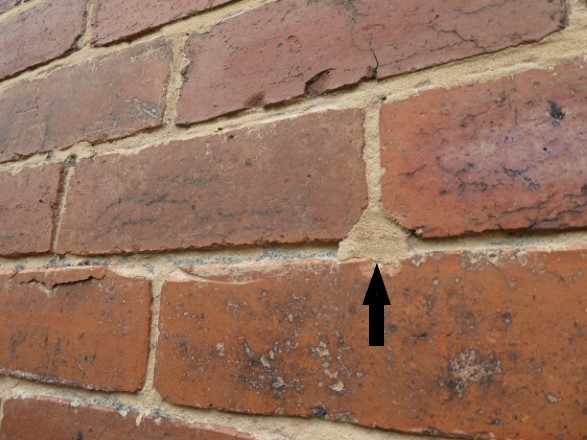
“What about the other holes in the bricks” I hear you say? These ones, going through the faces of the bricks in a regular pattern, indicate cavity wall tie replacement has taken place.
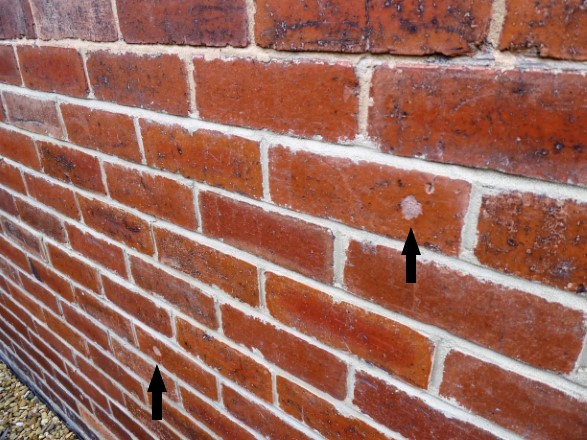
The line of holes along the base of the wall and up the corners indicate that a chemical injection damp proof course has been installed. This was presumably done without scraping the gravel away, because if the contractor had done so, they would have found the original engineering brick damp proof course, now concealed by raised ground levels.
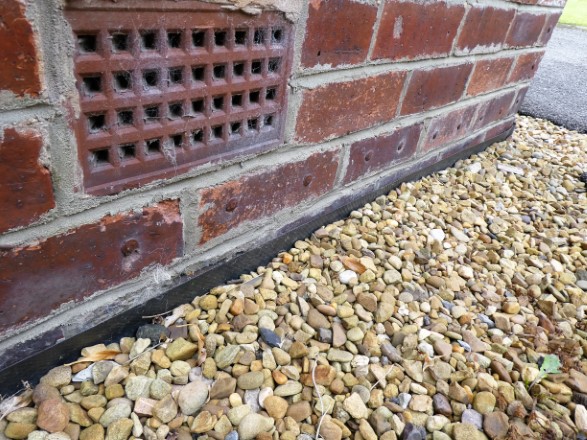
“Ground levels should be lowered around the property to expose the original damp proof course. This will prevent ‘bridging’, which is when moisture seeps into the brickwork above the damp proof course, stopping it working effectively.”
To add to the information, the wall has been overpointed with a cement-based mortar. This was only a few millimetres deep and was loose and dislodged in several places, revealing the original ash mortar as there was not a sufficient bond for the replacement mortar.

